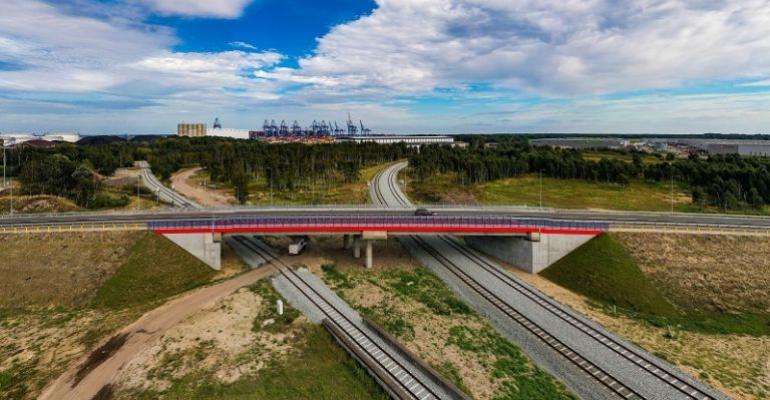The infrastructure improvements, which number almost 40 projects, will establish Gdansk port’s position as the pre-eminent Baltic port with access to a hinterland and foreland of 120 million people across Poland, Czech Republic, Slovakia, Hungary, Ukraine, Belarus, and the Scandinavia, according to Lukasz Greinke, president of Port of Gdansk.
“This massive infrastructure programme sends a positive message to shipping lines, freight forwarders and businesses across our hinterland,” Greinke said.
Investments will be made to the Inner Port and Outer Port, enabling the port to offer a faster, more efficient and more competitive service, as well as to have the ability to handle all types of cargo for a wide range of businesses.
The investments focus on the Inner Port and Outer Port areas are crucial to the port’s ambition to compete with the deep seaports of Western Europe and grow cargo handling capacity to more than 60m tonnes within five years. Greinke said this target remains on course after the port rebounded strongly to the Covid-19 crisis, managing around 48.5m tonnes of cargo in 2020, despite the global slowdown.
An important investment due to complete in mid-2021 is the EUR163m extension and modernisation of the road and rail network at the Outer Port.
“This investment will streamline transport into and out of the port,” Greinke said. “In total it will see 7.2 km of roads, 10 km of new rail tracks and seven engineering structures built or rebuilt. This will make it much more efficient for rail, car and truck traffic to reach the terminals with four prime tasks carried out: the expansion of the communication system, the expansion of access to Deepwater Container Terminal (DCT) Gdansk, the largest container terminal on the Baltic Sea, the reconstruction of roads around the North Port and the construction of a parking lot for trucks.”
The Inner Port investment, on the other hand, is valued at EUR125m and is focused on the modernisation of the fairway as well as the expansion of quays and the improvement of navigation conditions in the Inner Port.
“As part of this investment, the fairway will be deepened and most of the quays will be modernised, which will improve the accessibility and safety of navigation to the inner part of the Port of Gdansk for larger ships,” Greinke explained.
“After completion of the investment in the second half of 2021, the port channel will gain in width and depth allowing access to a wider range of vessels. The expansion of the quays will further enable the extension of mooring lines. The total length of the modernised quays is almost 5 km, and the fairway is 7 km,” he shared.
Greinke added that the investments in the Inner and Outer Ports will also help facilitate the development of plans for a FSRU LNG terminal in the Bay of Gdansk, pushing the Port of Gdansk to become one of the biggest ports in Europe generating millions of tonnes of LNG for reloading having a direct impact on increasing the number of transhipment operations within the port.
The investments, which are in various stages of completion, are being driven by a group of public and private organisations working in partnership including the Port of Gdansk, the Maritime Office Gdynia, a government agency managing the Gulf of Gdansk, and PKP Polskie Linie Kolejowe, the Polish railway infrastructure manager, as well as businesses based in the port. The most important and largest investments are being 85% co-financed by the European Union through the Connecting Europe Facility (CEF) instrument.
Copyright © 2024. All rights reserved. Seatrade, a trading name of Informa Markets (UK) Limited.
Add Seatrade Maritime News to your Google News feed.  |

